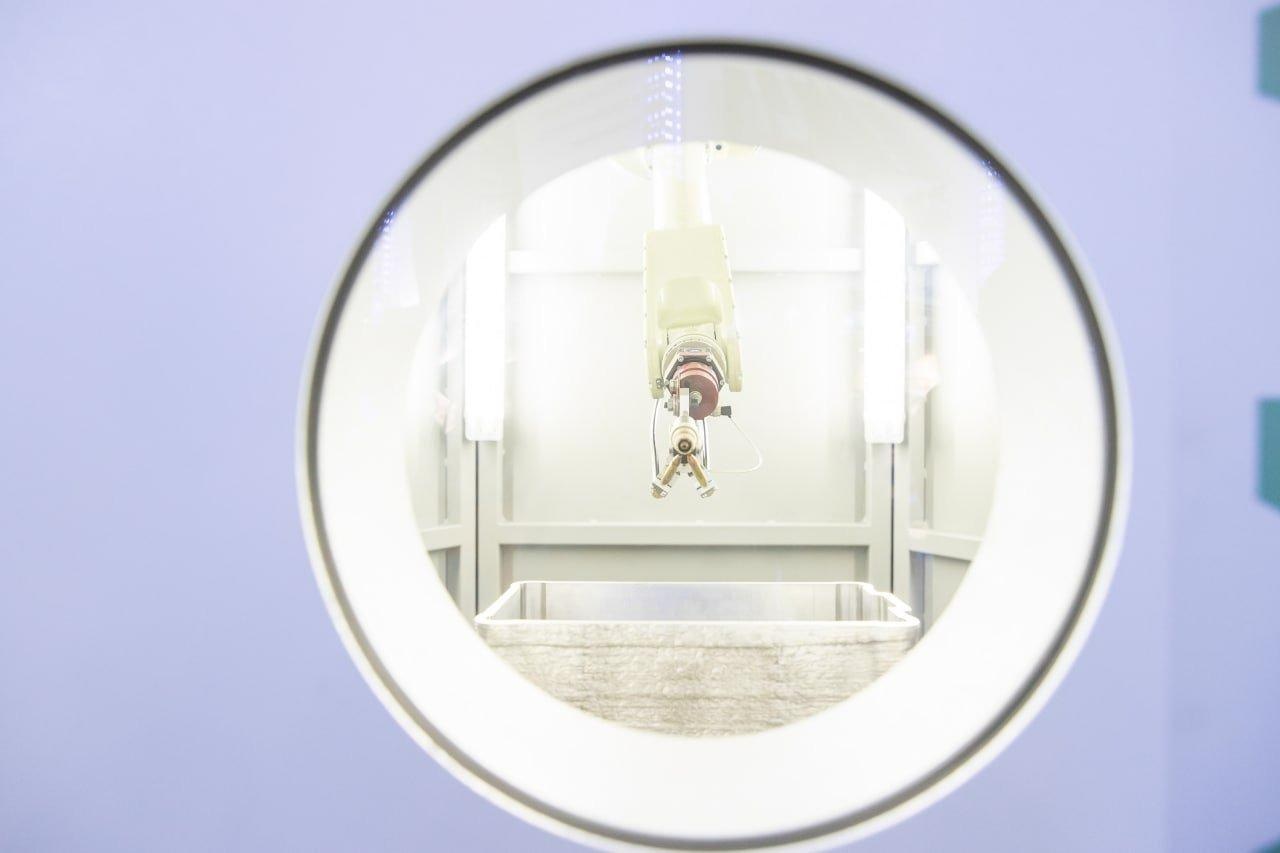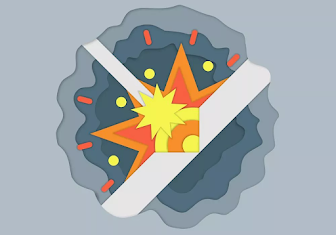Building Lightweight Bridges with Friction Stir Welding Technology
Building Lightweight Bridges with Friction Stir Welding Technology
What is friction stir welding?
Friction stir welding is the process of joining metallic materials in a solid state. Due to the rotation of a special toll inside the weld joint, heat is generated and metal is plasticized on the edges of the joint. Rotation of the tool mixes the metal of one edge with another and forms solid material.
This welding method is especially economically effective for aluminum alloys due to high welding speed; it also provides high mechanical properties of the products. This method is very efficient and therefore cost-effective.
How is friction stir welding employed to improve the construction of bridges?
The performance of friction stir welding is superior to other welding techniques for aluminum. In the process of structure manufacturing such as bridges, in particular, which have long welded seams, the financial efficiency of the technology importance is very high, i.e. we spend less time to weld the elements and, as a result, we get economic benefits. This happens, for example, due to the fact that we can weld parts of a bridge with a large thickness of 16-25 mm not in 10 weld passes, as in the case of electric arc welding, but in 2. Also, the product has high mechanical properties; the strength of the joint itself is not lower than the initial strength of the material used for production.
In addition, friction stir welding is a green technology because there is no evaporation of material or light emission.

Welding robot inside the 'prism'. Image Credit: Oleg Panchenko
Our scientific group was the first in Russia to develop a friction stir welding technology of a new aluminum alloy for a lightweight pedestrian bridge.
This aluminum pedestrian bridge will be located in the town Bor in the Nizhny Novgorod region (Russian Federation) as a part of the recreation zone at the beach of the Volga river.
This will be the tenth aluminum pedestrian bridge in Russia, but previous ones were made as highway pedestrian bridges, and our bridge also differs from predecessors as it uses a new alloy and friction stir welding technology.
We have been working in collaboration with the SGR aluminum structure plant in St. Petersburg. The project was supervised by the Aluminum Association of Russia. The engineers of the laboratory joined 20 parts that were 8 meters long and 16 mm thick.
It is more economically beneficial to weld thick aluminum parts in this way because arc welding uses a number of additional manipulations (for example, arc welding is carried out in several passes to fill the entire thickness of the seam with the filler wire).

3D render of the bridge project. Image Credit: Alumforum

Comments
Post a Comment